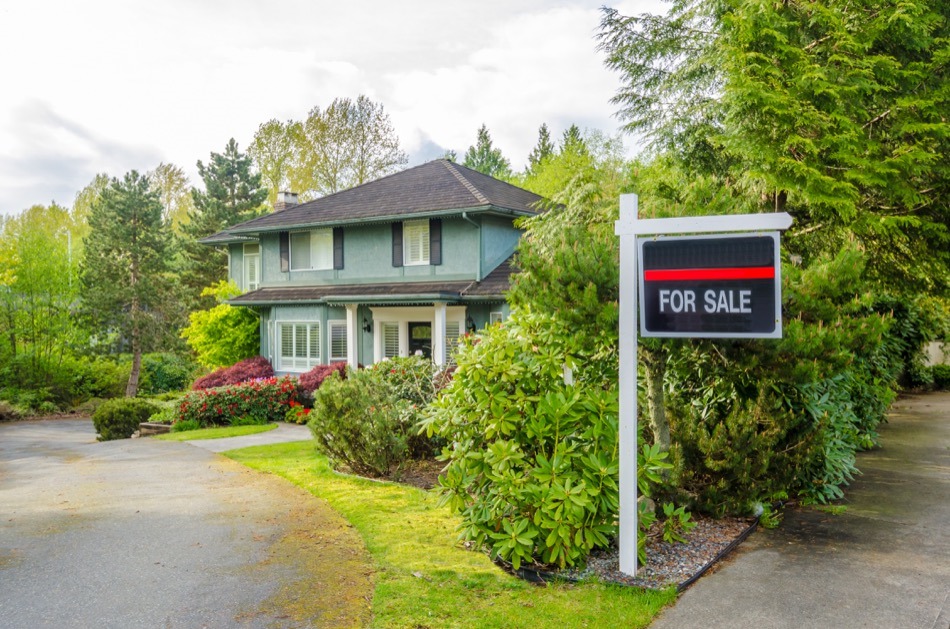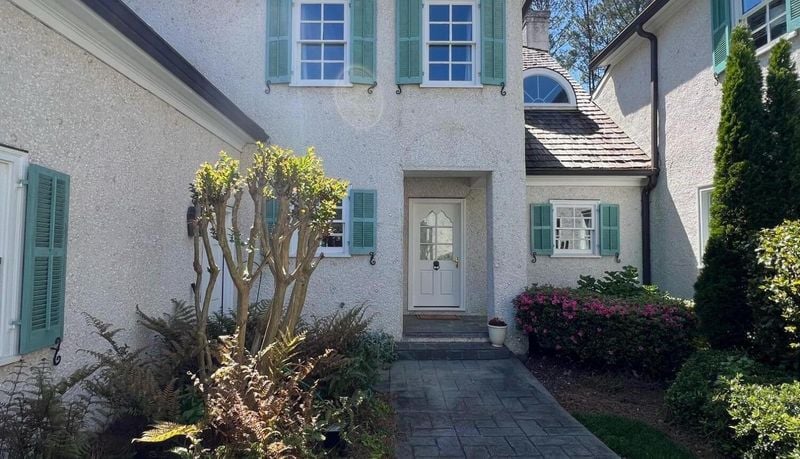4 Home Showing Tips All Home Sellers Need to Know
 Selling a home can be a tricky process. Most homeowners know that showing their home to potential buyers is one of the most important parts of the entire process. A home showing, also known as a home tour or open house, is where buyers see the home in person for the first time. Home showings need to put the home’s best foot forward so every buyer who comes in through the front door has a positive first impression. So how do homeowners improve their chances of having a great open house?
Selling a home can be a tricky process. Most homeowners know that showing their home to potential buyers is one of the most important parts of the entire process. A home showing, also known as a home tour or open house, is where buyers see the home in person for the first time. Home showings need to put the home’s best foot forward so every buyer who comes in through the front door has a positive first impression. So how do homeowners improve their chances of having a great open house?
Don’t Remove Furniture from the Home
When selling a home, some homeowners think it’s better to remove their furniture from the home to buyers have a “blank slate” to envision themselves living there. This is often because they think their decor choices are distracting to buyers; as if the color of a sofa takes away from the home.
However, having furniture in a home is actually extremely helpful. The truth is most people have a hard time “imagining” how their things will fit in the home. Existing pieces provide multiple benefits, including:
- Giving buyers ideas for how they can decorate the home with their own furniture
- Providing a scene of scale and flow often missing in photos or empty rooms
- Making rooms look bigger and more spacious
- Making a home overall feel more welcoming
So don’t worry about stashing your belongings in a storage unit. Do what you can to ensure that the home stays furnished while selling, even if that means hiring a home stager to bring in a few key pieces. There’s a reason why staged homes sell for 30% more than empty properties.
Partially Fill Closets
For many home buyers, a priority in a new home is storage space so they pay special attention to closets. To show off a home’s closet space, don’t fill them to capacity. This makes it hard to determine just how much is in a closet. Instead, fill it halfway so there is empty space. This way, buyers can clearly see what is stored in the filled half and envision how much the closets can hold when they’re completely full.
Choose Neutral Paint Colors
Many homeowners choose to give the rooms of their home a fresh coat of paint to get rid of any marks or stains before listing on the market. When choosing a new paint color, stick with neutral colors. If a color is too bright or a room is painted in a color that isn’t commonly seen, it could be off-putting to buyers.
Neutral colors easily fit into nearly any setting. It’s difficult to find someone who vehemently dislikes beige or gray. Plus, if the buyers really don’t like the color the seller chooses, light neutral colors are easy to paint over. Before you opt for colors currently popular and in style, remember neutral colors will appeal to a wide number of people, increasing your buyer pool.
Make an Informational Pamphlet for Buyers
When buyers are visiting open houses, it’s common to visit multiple homes in just one day. Because of this, it’s easy for buyers to get their home showings confused. To help buyers out, make a pamphlet that contains all of the home’s important information that the buyers can take with them. Things to put on the pamphlet include:
- A clear, high-quality photo of the exterior
- 2-3 of the best interior photos
- The address
- The price
- The number of bedrooms and bathrooms
- The square footage of both the home and the property
- The property taxes
And so on, and so forth. The more information included, the better. Homeowners should include everything they think a buyer would want to know when they’re deciding to make an offer.
Tidy Up
There’s a saying “dirty homes don’t sell.” Some buyers can overlook a bit of dust here and there, or an errant spiderweb in the corner. But most home buyers have a hard time looking past truly dirty and cluttered homes.
Before home showings, take the time to straighten up around the home. Remove clutter from all countertops, including unessential appliances in the kitchen. Coffee pots are usually okay, but not a blender, coffee pot, air fryer, and toaster all at once. Clean the floors, dust all the easily visible surfaces, and wipe down all glass surfaces including the windows. Trust us, it makes a huge difference in those first impressions!
Home showings are an extremely important time during the home selling process. Use these tips to get it right from the first step inside. Improve your chances of a great open house event and even better buyer offer.
Updated November 2023
Start Your Home Search
Preston Guyton
Share this Post
Related Articles
Selling Your Home
Selling my House – Am I Required To Use A Real Estate Attorney?
Selling Your Home
5 Factors of Today’s Seller’s Market
Selling Your Home
9 Steps to Selling a Home
Selling Your Home





